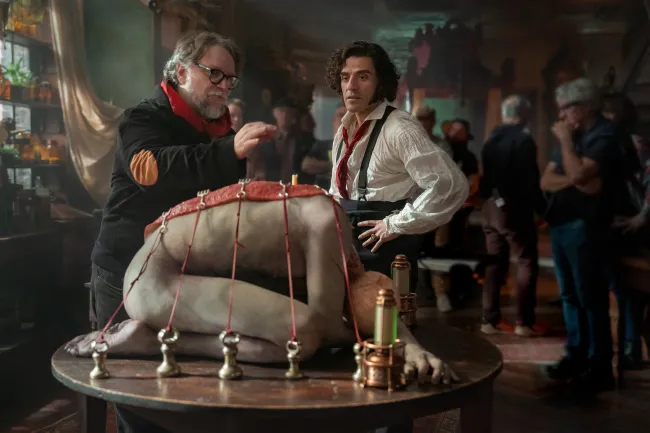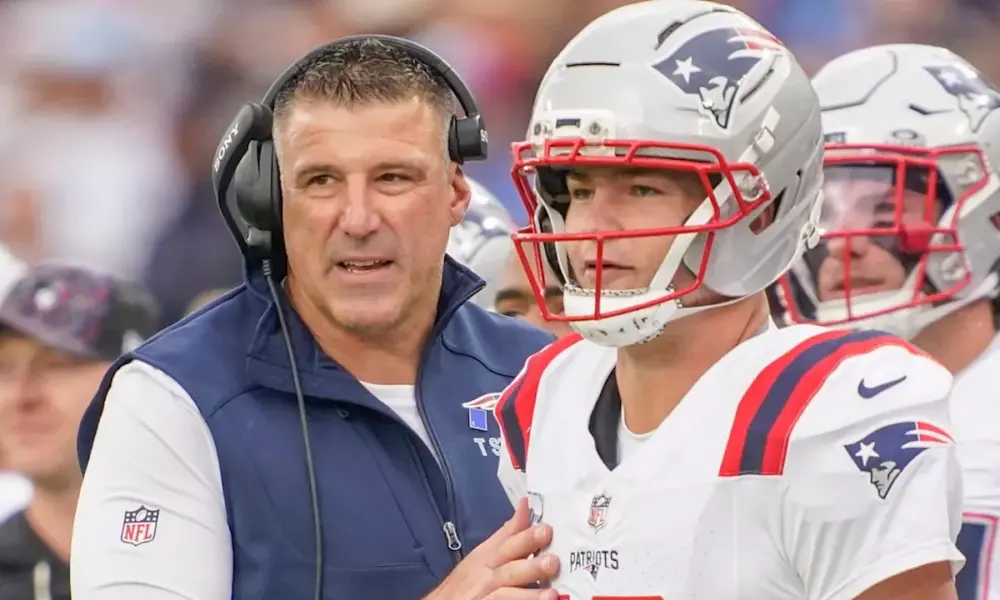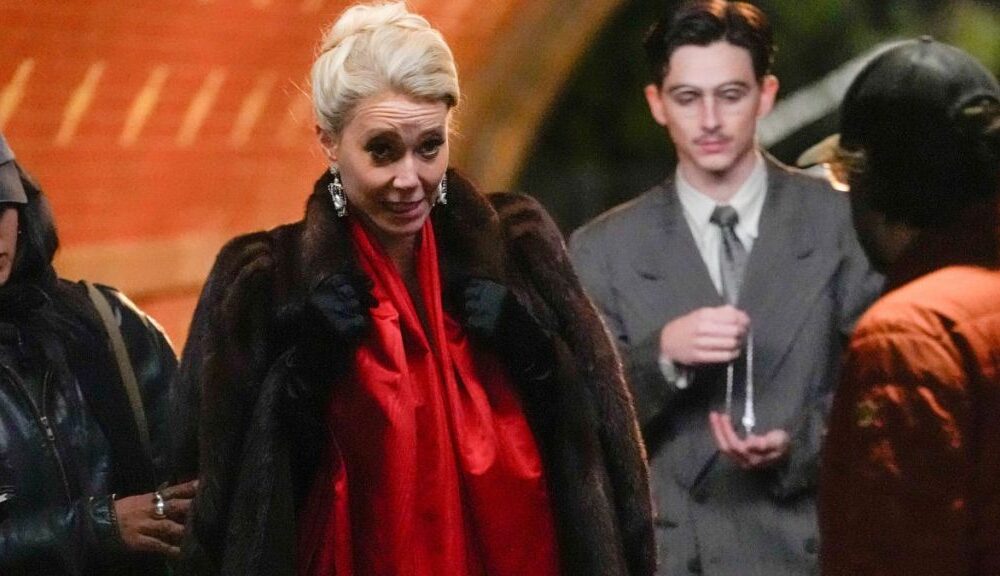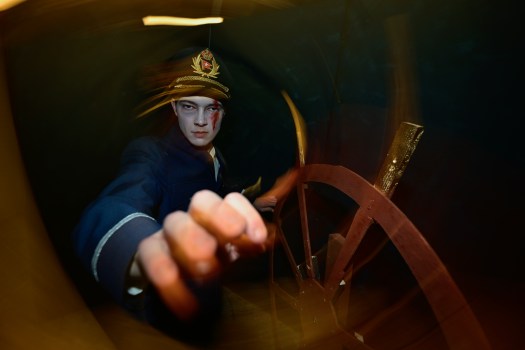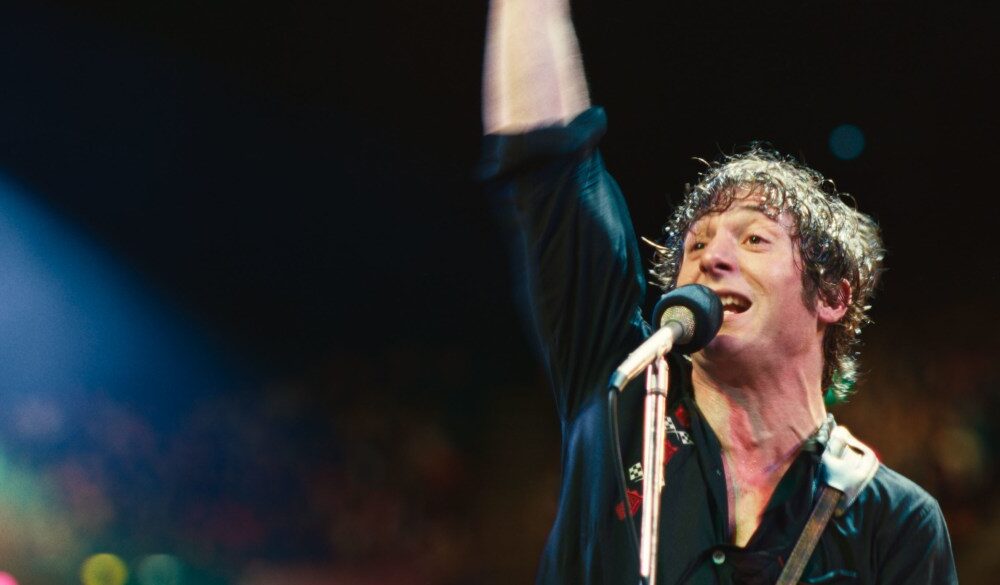Guillermo del Toro’s highly anticipated film, Frankenstein, is now screening in limited theaters, with a wider release on November 7, 2023, on Netflix. The film has already garnered significant acclaim, positioning itself as a strong contender for multiple Oscar nominations, particularly in technical categories. As it continues to rise in the Metacritic rankings, attention is shifting to its production and the unique challenges faced in bringing this classic tale to life.
In a recent episode of IndieWire’s “Screen Talk,” producer J. Miles Dale discussed the film’s journey. Dale, known for producing the Oscar-winning The Shape of Water in 2018, has collaborated closely with del Toro, overseeing projects such as Nightmare Alley (2021) and Scary Stories to Tell in the Dark (2019). The conversation also touched on the importance of regional film festivals, highlighted by the recent Middleburg Film Festival in Virginia, which showcased several Oscar contenders, including Hamnet and Rental Family.
The episode also previews the ongoing AFI Fest in Los Angeles, where a variety of films are being showcased, from Springsteen: Deliver Me from Nowhere to the world premiere of Song Sung Blue. Dale has been a pivotal figure in del Toro’s projects since producing Mama in 2013. His extensive experience with period films has equipped him to tackle the ambitious scope of Frankenstein, which came with a hefty budget of $120 million, backed by Netflix.
Del Toro has long held a fascination with Frankenstein, having first encountered James Whale’s adaptation at the age of seven. His commitment to the project has been unwavering, but securing funding proved challenging as many potential backers were hesitant. Dale noted, “When we realized we were going to do it, we knew it was a hill to climb,” reflecting the high expectations tied to del Toro’s vision.
The film’s production involved meticulous craftsmanship, with del Toro emphasizing the significance of four key elements: costume design, production design, cinematography, and hair and makeup. The team, including concept designer Guy Davis, drew inspiration from classic illustrations, ensuring that every detail was carefully considered.
One of the major hurdles occurred just nine weeks before shooting when Andrew Garfield became unavailable, requiring a last-minute replacement. Jacob Elordi, known for his roles in various series, stepped in to portray the creature. Standing at 6 feet 6 inches, Elordi faced unique challenges adapting to the role, especially after losing weight for a prior project. Dale humorously noted that Elordi had to “stuff his face with pizzas to be a big strong monster,” demonstrating the physical demands of the character.
Production for Frankenstein took place on a frozen lake north of Toronto, where scenes of Victor Frankenstein, played by Oscar Isaac, were filmed amidst harsh winter conditions. The team constructed a 130-foot-long sailing ship, capable of accommodating over a hundred crew members, to enhance the film’s authenticity. Dale described the ship’s engineering as “a major engineering project,” highlighting the complexities involved in the production.
The film’s laboratory set was a significant architectural feat, comprising eight different sets to create an immersive experience. Dale explained that the exterior took four months to build and was filmed over three days, showcasing del Toro’s preference for practical effects over CGI.
The final cut of Frankenstein runs two and a half hours, down from over three hours, as the team aimed to maintain fidelity to Mary Shelley’s original text. Dale emphasized del Toro’s empathy for the creature, stating, “He wanted to make sure to get the creature’s point of view. That’s unique about our film. He speaks and articulates.”
As the film gears up for its streaming release and enters the awards season, it stands as a testament to del Toro’s dedication to storytelling and the collaborative effort of his talented team.

